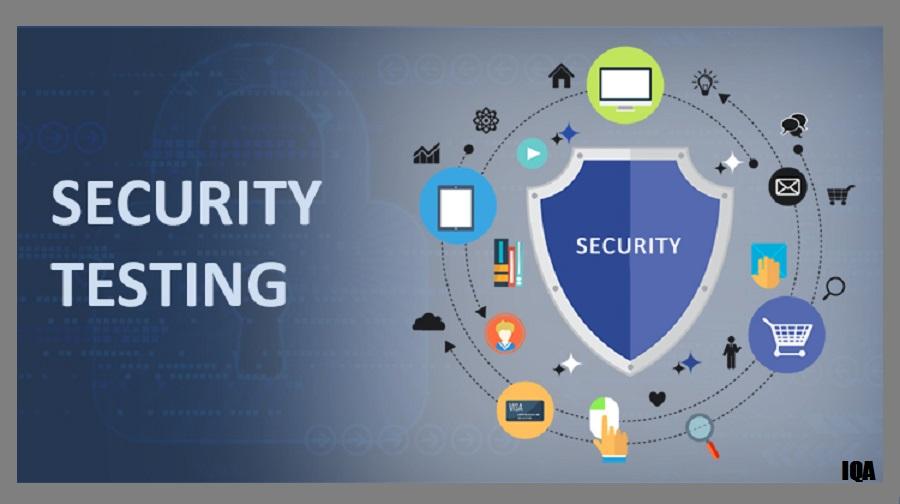Security has become one of the top priorities for application development in today's digital world. With growing security threats and increasing regulations, it is crucial for applications to be tested thoroughly before release. Otherwise, vulnerabilities can put sensitive data and systems at risk.
Security Testing During Development
As developers write code, testing should be an integral part right from the beginning. Static application Security Testing (SAST) tools can analyze code for flaws without actually executing it. They check for vulnerabilities like SQL injection, cross-site scripting (XSS), insecure deserialization etc. Developers can fix issues early and ensure code meets security standards. Along with unit testing, libraries and frameworks used also require vulnerability testing. Open source components bring inherent risks, so they need thorough auditing.
Penetration Testing
Penetration testing, also known as ethical hacking, involves mimicking real-world attacks to locate security weaknesses. Professional penetration testers use the same methods as hackers but work with the organization's consent. They try to exploit vulnerabilities and obtain unauthorized access. This helps determine gaps in infrastructure, access controls, authentication mechanisms etc. Penetration tests are generally conducted periodically and after major changes to infrastructure or code. They uncover critical vulnerabilities before public exposure.
Testing APIs and Interfaces
Today's applications have RESTful APIs and interfaces that enable integrations and data exchange. These interfaces must be rigorously tested for flaws like missing validation, weak authorization etc. API penetration tests ensure interfaces do not expose sensitive data or become entry points. Since interfaces link internal systems to outside networks, their security determines overall system risk. Interface testing safeguards from attacks launched through third-party integrations.
Third-party Component Assessment
Many applications incorporate third-party components and frameworks for standard functionality. However, these often introduce vulnerabilities that put core applications at risk. Security testing evaluates all third-party components for known issues as new ones are discovered every day. Regular updates should address patches, but older unpatched issues also demand mitigation. Assessing third-party risk helps prioritize remediation and focus security reviews productively.
Testing Access Controls
Any application must incorporate appropriate access controls to restrict unauthorized access. Security testing evaluates user authentication and authorization implementations for flaws. It checks identity and access management (IAM) systems against credentials stuffing, privilege escalation and account takeover attacks. Tests also attempt bypasses of multi-factor authentication (MFA), single sign-on (SSO), just-in-time (JIT) access and other controls. This fortifies access regulations against real threats.
Application Security Monitoring
While security testing locates issues pre-deployment, continuous monitoring detects new flaws post-release. Application security monitoring tools watch for anomalies and vulnerabilities in production. They alert on threats proactively, improve mean time to remediation and help meet compliance needs. Event monitoring solutions track and audit activity for suspicious patterns and policy violations. Logs, defects and activity metrics feed into security dashboards for oversight.
Importance of Security Awareness
Apart from tools and processes, the human factor also impacts application security. Developers and operations staff require security awareness training to hone risk assessment abilities. They must understand the shared responsibility model in cloud environments and common attacks on code, infrastructure or people. Regular assessments help identify gaps for retraining. Building a security-conscious culture keeps staff vigilant and motivated to 'shift left' quality practices.
A multi-layered approach addressing people, processes and technology ensures maximum security. Testing at every stage with specialist tools and professionals yields crucial results for remediation. Continuous monitoring then maintains the security posture after launches. Following strong internal security measures and awareness empowers organizations to develop robust applications safely for the digital era.
Get more insights on this topic: Security Testing



